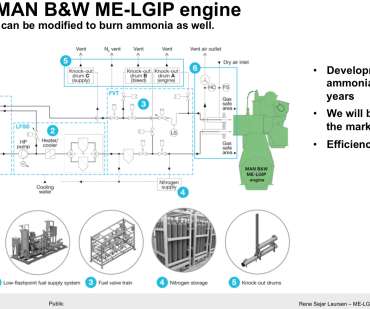Berge Bulk & ABS to study retrofit of bulk carrier for methanol-fueled propulsion
Green Car Congress
APRIL 26, 2023
Singapore—based Berge Bulk, one of the world’s leading independent dry bulk shipping companies, and ABS signed a joint project agreement to conduct a detailed feasibility study for the conversion of methanol-fueled propulsion system and aim to kickstart in Q1 2024. —Christopher J.























Let's personalize your content